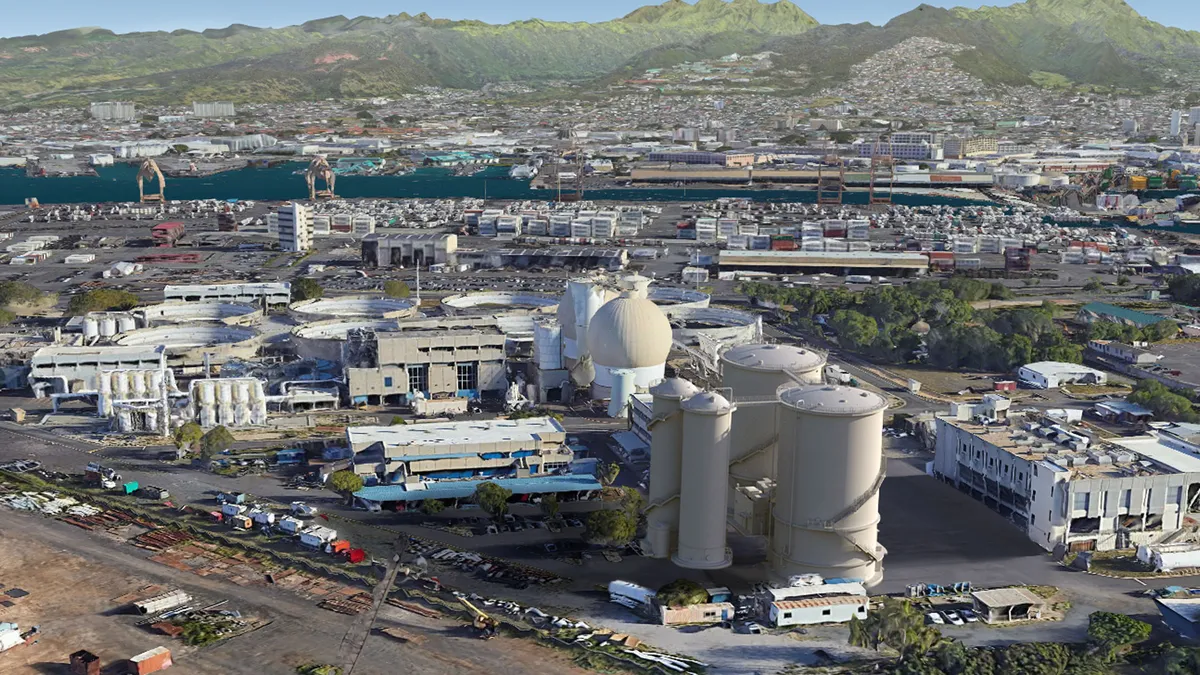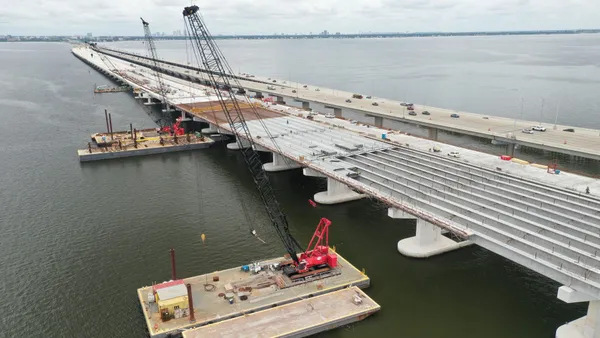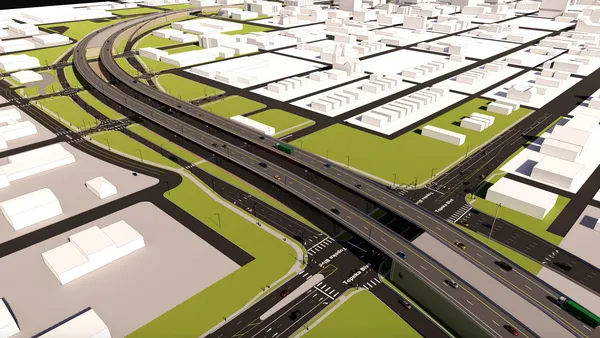Honolulu broke ground on a $174 million upgrade to Hawaii’s largest wastewater treatment plant, according to a June 4 press release from the City and County of Honolulu. The project will increase the capacity and efficiency of the in-vessel bioconversion facilities at the Sand Island Wastewater Treatment Plant.
The project will be executed by design-build contractor Synagro-WWT, which is headquartered in Baltimore. Construction will be handled by Greeley, Colorado-based Hensel Phelps and Honolulu’s Yogi Kwong Engineers will serve as the construction manager, per the release.
In May, tests showed the Sand Island Plant’s treated water exceeded allowable bacteria levels, Spectrum News reported, prompting warnings for the public to stay out of the ocean. Elsewhere in Hawaii, the island’s wastewater treatment plants are aging and ill-maintained, prompting a recent EPA crackdown, according to Honolulu Civil Beat.
This project aims to enhance and expand the Sand Island Plant’s existing bioconversion capabilities so that it can meet current and future wastewater treatment demands effectively, according to the release. Upgrades include two new anaerobic digesters, two sludge storage tanks, a digester control building and a new tunnel and basement. The scope of work includes:
- Relocating and reconstructing the effluent water reuse pump station.
- Removing the old pump station and various underground utilities.
- Supplying power to maintenance and lab buildings.
- Constructing new underground utilities, electrical improvements and site civil work.
Other upgrades include installing a new boiler system, hot water pumps, modifying existing digesters and piping, relocating and installing flares, a propane gas tank and new chemical dosing systems, according to the release.
“This upgrade is a vital investment in Honolulu’s wastewater infrastructure,” the agency said in the release. “With the new anaerobic digesters and sludge storage tanks, the plant will be better equipped to manage increased waste volumes, contributing to a cleaner and healthier environment for Honolulu’s residents.”
Work is scheduled to be complete by October 2028.














